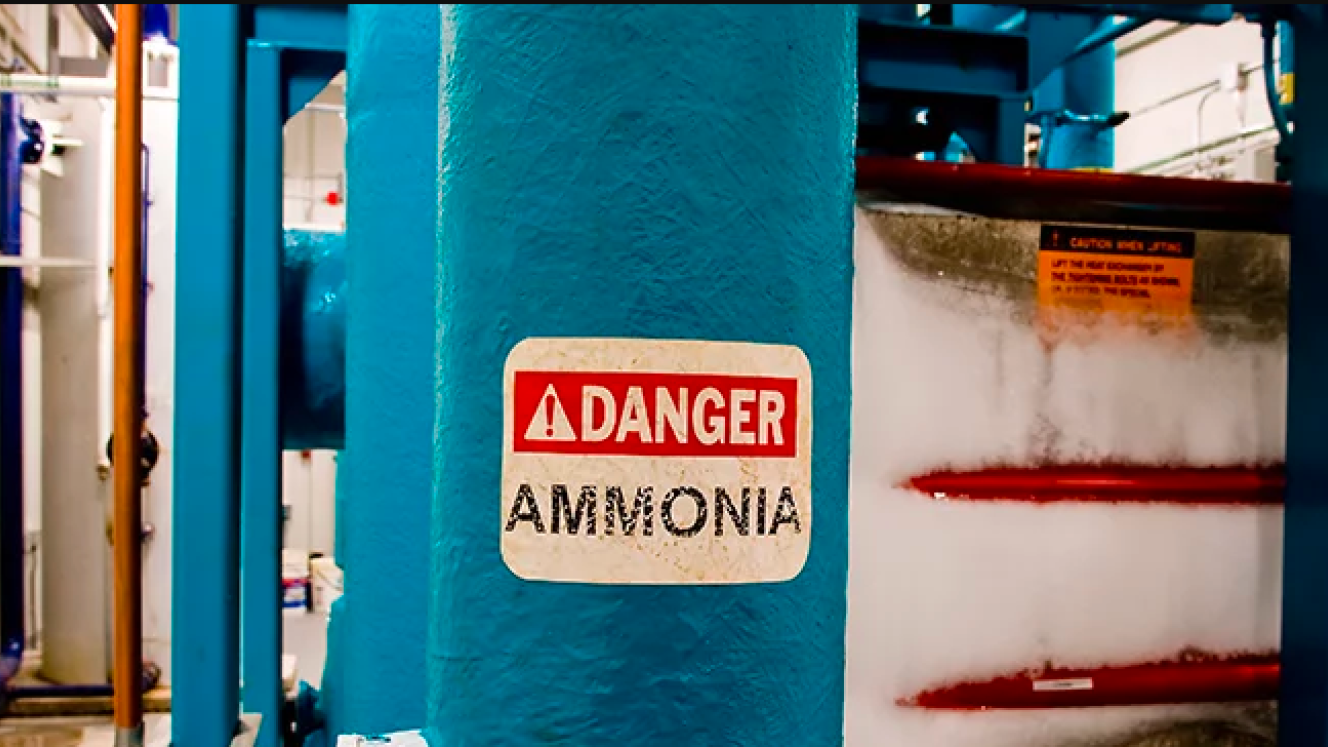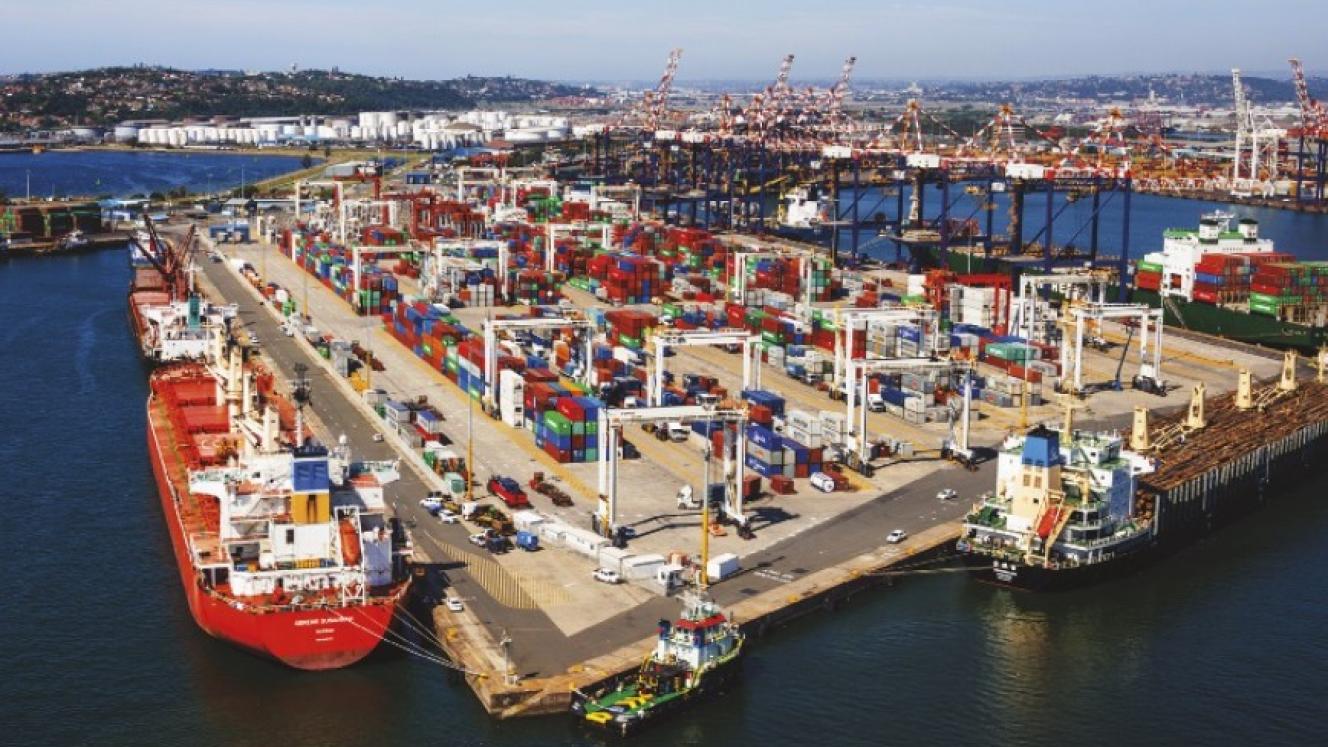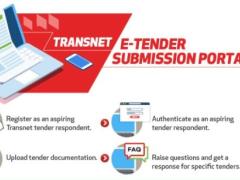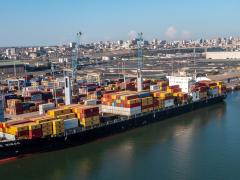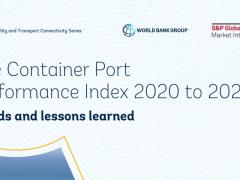In a move that will help cut global carbon emissions, upstream hydrogen and ammonia have been classified as viable alternatives for bunker fuel according to an S&P Global Platts report.
In the report, global head of commodities pricing at S&P, Dave Ernsberger, said the maritime sector was continuously looking for alternative and sustainable fuel sources, with ammonia and hydrogen now seen as possible solutions.
“It is clear that markets have started to organise around longer-term energy solutions that are designed to stand the test of time, as energy transition moves from theory into practice,” said Ernsberger.
“We have seen genuine and sustainable trade flow emerging for hydrogen in several locations, organised around natural gas or electrolysis supply chains, and the building blocks were clearly in place for us to start providing insight into the value of hydrogen in those markets.”
The recent surge of interest in ammonia follows an announcement by Norwegian energy company Equinor in January that it had signed a deal to modify a vessel so that it could run on ammonia.
Grzegorz Pawelec, research, innovation and funding manager at the European hydrogen and fuel cell association, Hydrogen Europe, said there was huge potential for ammonia and hydrogen to serve as alternative fuel sources on vessels.
Of that potential, the association noted three areas where hydrogen-ammonia could influence the sector - from compressed hydrogen in very short distance voyages, to liquid hydrogen in short sea shipping, such as cruise ships, and finally ammonia used for deep-sea shipping. – Bjorn Vorster
